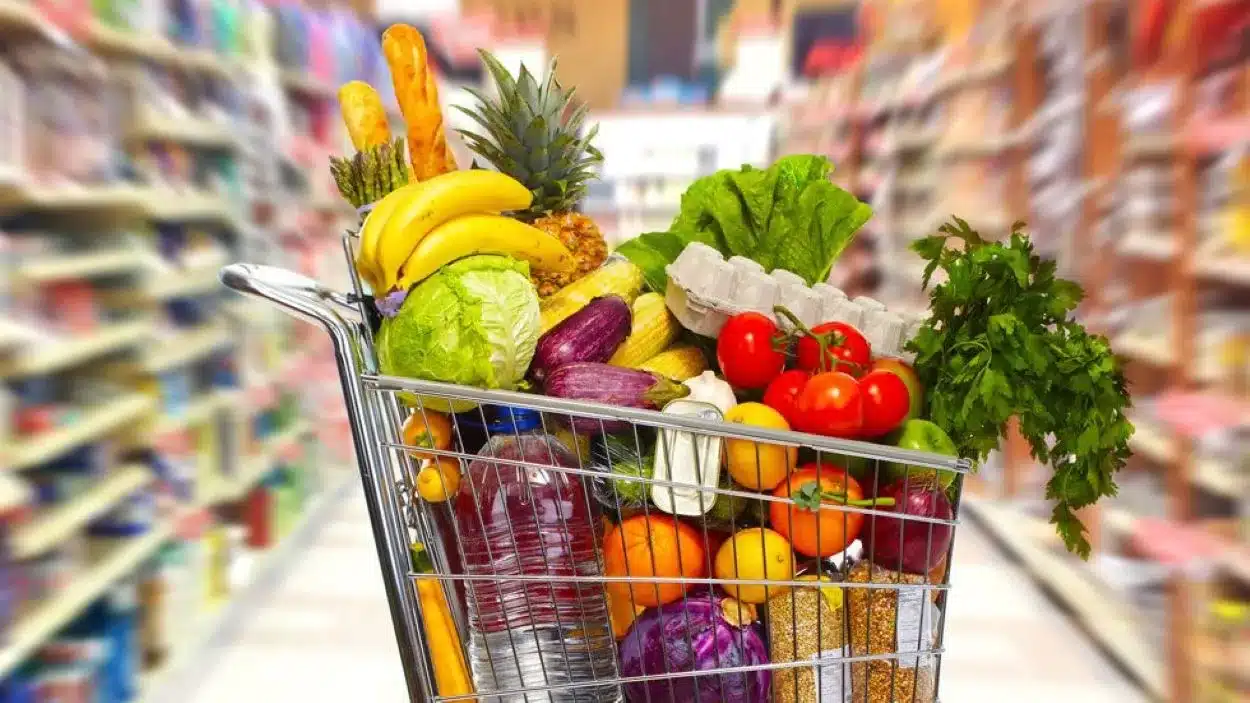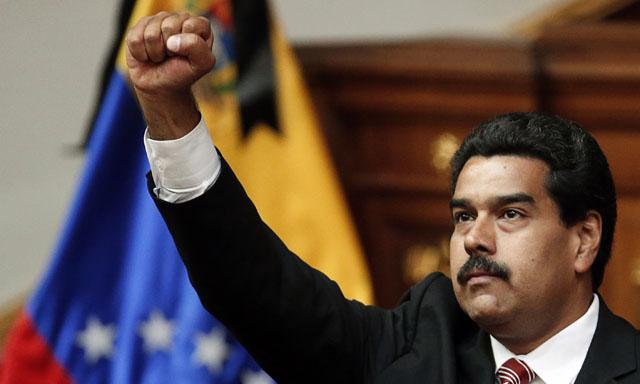Inflation in Pakistan has continued its downward trajectory, falling to 11.76% in May, a decline of 3.24% from the previous month.
The latest figure depicts easing inflationary pressures, continuing a trend that began in October 2023. Remarkably, this comes after inflation rates reached a high of 38% in May 2023 amid political and economic turmoil. The improvements began to materialize following the general elections in February.
The Federal Bureau of Statistics has reported reductions in both urban and rural inflation rates for May, with urban areas witnessing a 2.80% decrease and rural areas seeing a more substantial reduction of 3.89%. This has increased the average inflation rate from July to May to 24.52%.
Several factors have contributed to the decline in inflation. Notable among them are significant decreases in the prices of tomatoes and onions by 51%, chicken by 35.2%, and wheat by 22.7%. Additionally, reductions in utility costs, including liquid fuel and electricity charges, have helped alleviate inflationary pressures. Conversely, there have been modest price increases in potatoes, meat, and pulses.
The report also noted that while prices for some food items like dry fruits and beverages have risen over the year, the overall trend points towards stabilizing prices. The decrease in inflation has occurred sooner than some global forecasts, which did not expect rates to fall below 12% until the end of the year.






